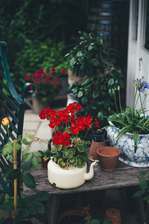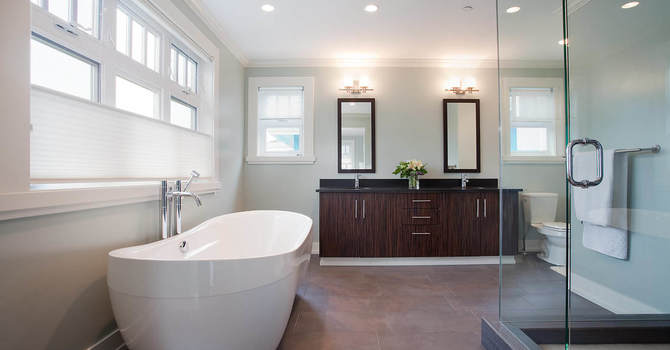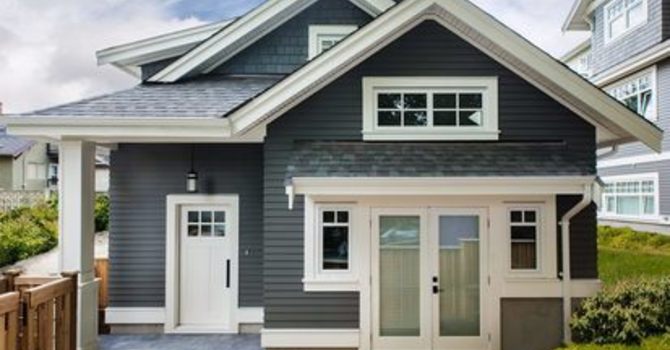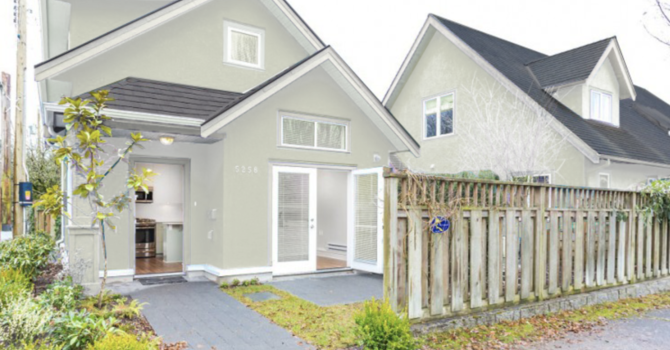
Outdoor space may only be available in limited amounts in the city, especially in Vancouver. But with the right expertise, you do not have to refrain from your passion for greenery. On the contrary, it can be quite simple to change your tiny urban space into your own urban garden.
1. Containers
Containers allow you to arrange your little garden space to suit your goals and needs, even if your only space is a concrete balcony, or brick or stone patio. Garden pots make it easy to customize your garden style as you wish as the containers come in assorted sizes, shapes, colors and materials allowing you to customize however you like. Containers can even hang safely on a balcony allowing you to take advantage of every nook and cranny you can find.
Getting creative with your garden space is easy to do as garden pots come in many shapes, sizes and colors including those made from recycled items for the earth conscious gardener. In fact, when growing edible plants, ensure your container isn’t made from any toxic materials to prevent leaching dangerous chemicals into your plant and therefore your food.
It’s also imperative to have good drainage in containers so your plants don’t sit in water. If your pot does not have holes on the bottom, simply your own holes into your container of choice.
2. Plant Good Stuff
With limited space, it’s a good idea to be selective about what you plant. There’s no point wasting valuable space on plants that don’t serve your goals or aesthetic. Try using plants that last more than one season and include ones that change color over the year like Oakleaf Hydrangeas for example. “The Oakleaf hydrangea is a dramatic, white-blooming shrub with four seasons of interest. […] The Oakleaf gets its name from the shape of its beautiful large leaves. These leaves often turn colors of brilliant red, orange, yellow and burgundy in the fall if planted in a sunny location with a little afternoon shade.” (PLANT ADDICTS)
3. Vertical Gardens
Vertical gardens have become increasingly popular in recent years, perhaps because of limited urban space. According to Maximum Yield, “a vertical garden is a garden that grows upward (vertically) using a trellis or other support system, rather than on the ground (horizontally). Anything grown on a trellis or even a fence is technically part of a vertical garden. This technique can be used to create living screens between different areas, providing privacy for your yard or home. More recently, it’s become common to use vertical gardens to grow flowers and even vegetables.”
4. Positioning
You should consider how much sun each part of the garden, courtyard or balcony gets as smaller spaces typically have limited light, or shade, depending. Positioning your plants to ensure they get most of what they need (sun, shade and shelter) is the best approach for a successful garden area. The majority of plants are satisfied with 4-6 hours of direct sun daily. Salads, for example, do not require a lot of sun, so they will do well in shady spots if that’s all you have.
Positioning is the key to having happy plants.





